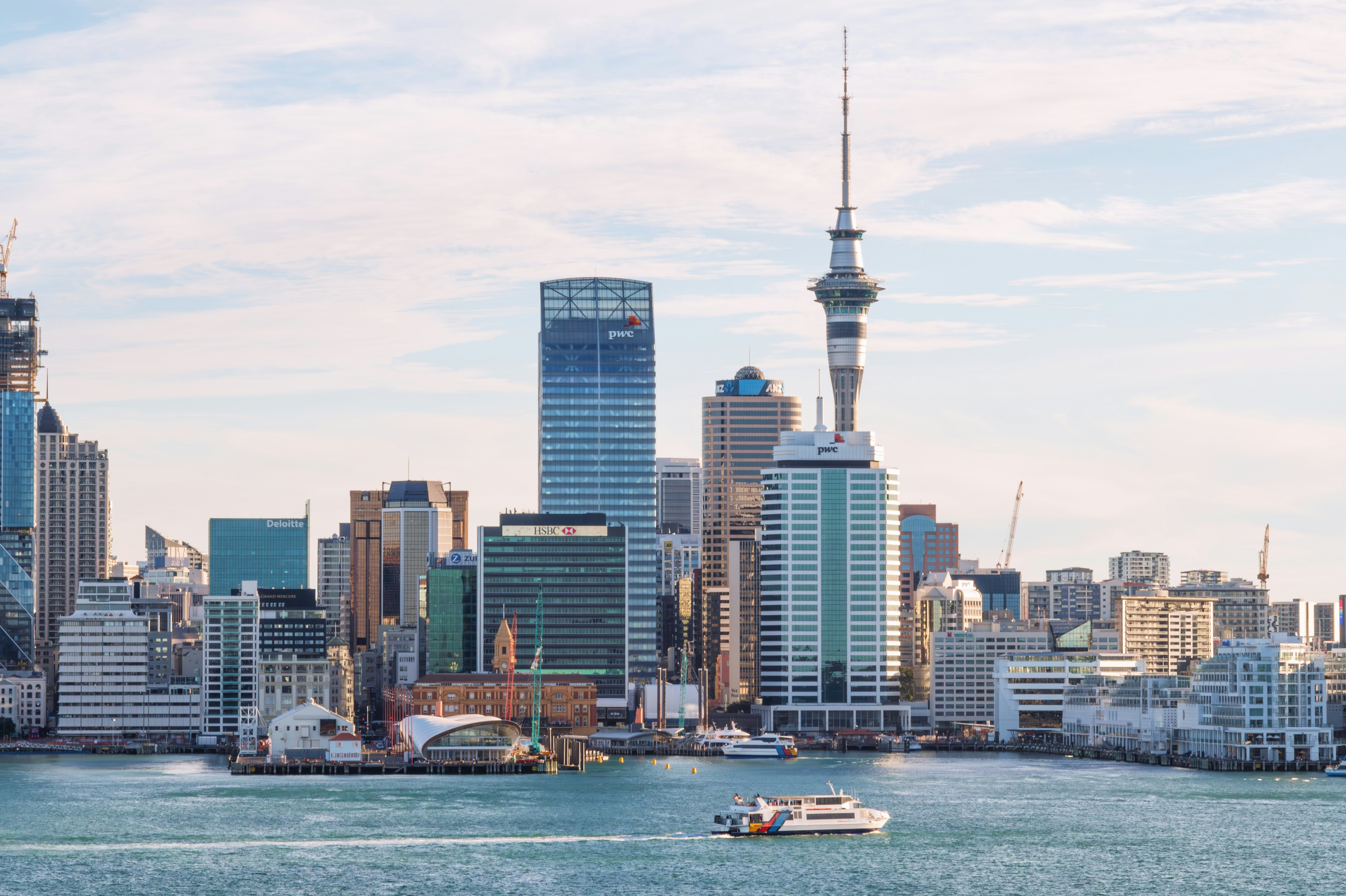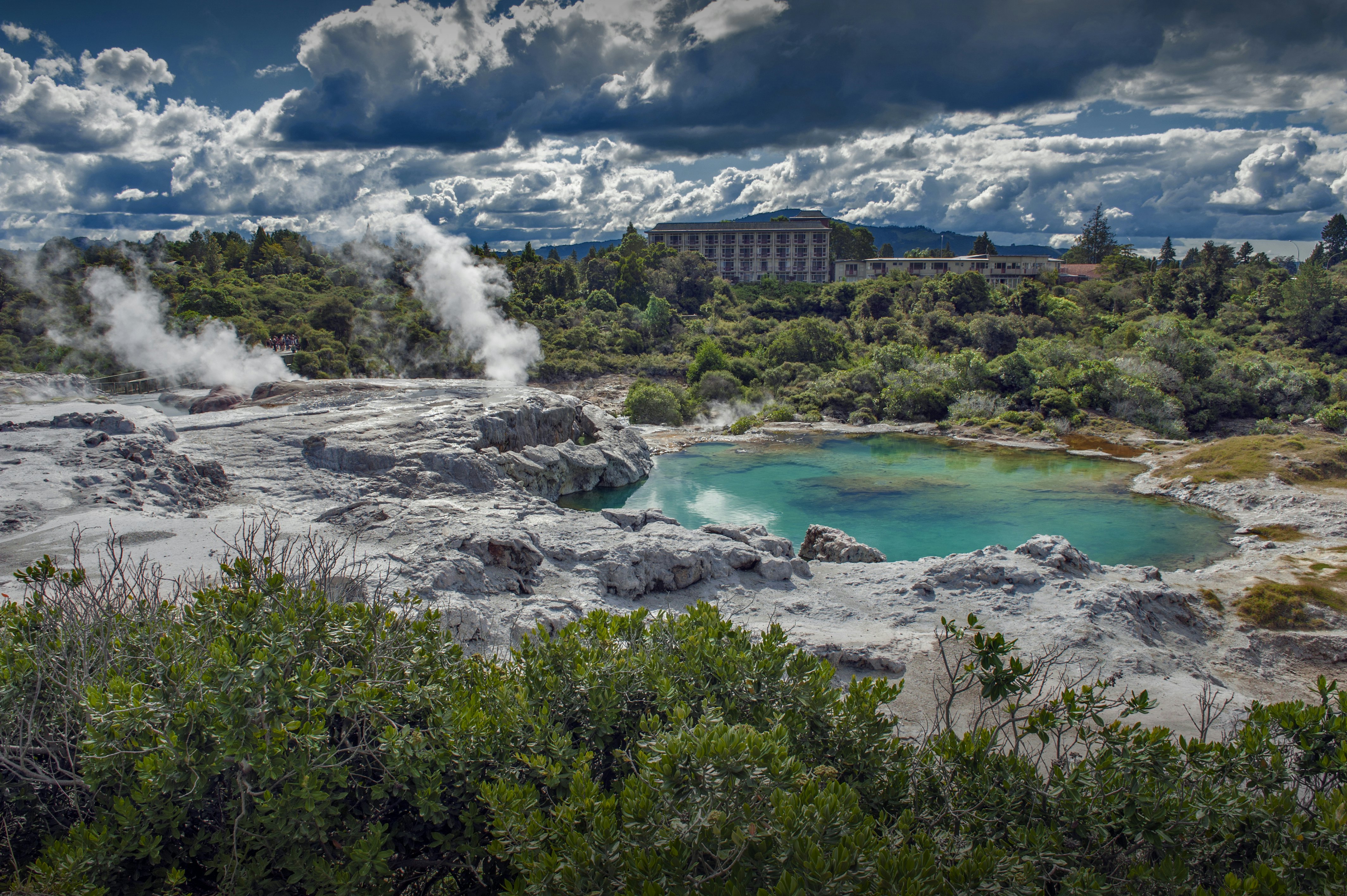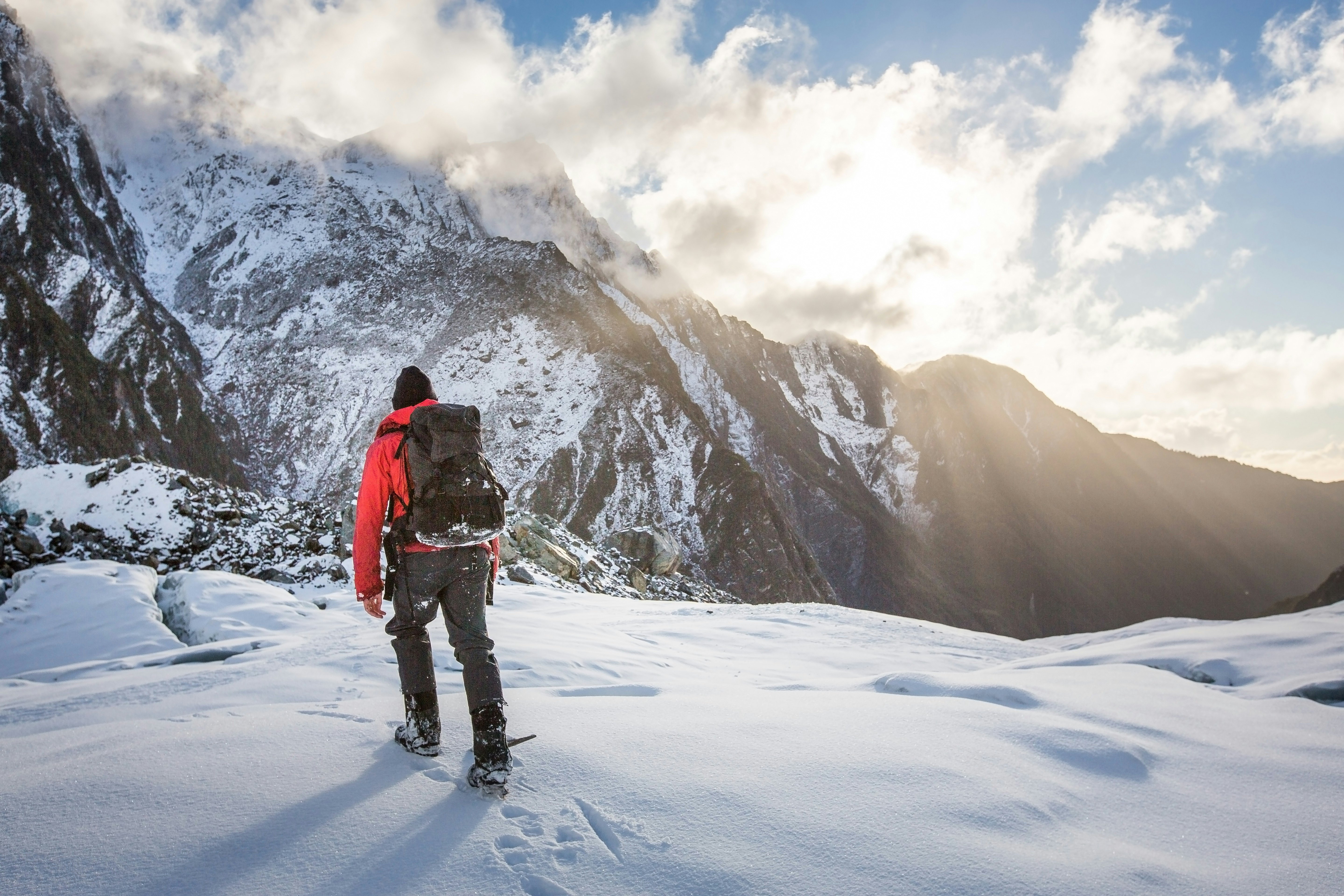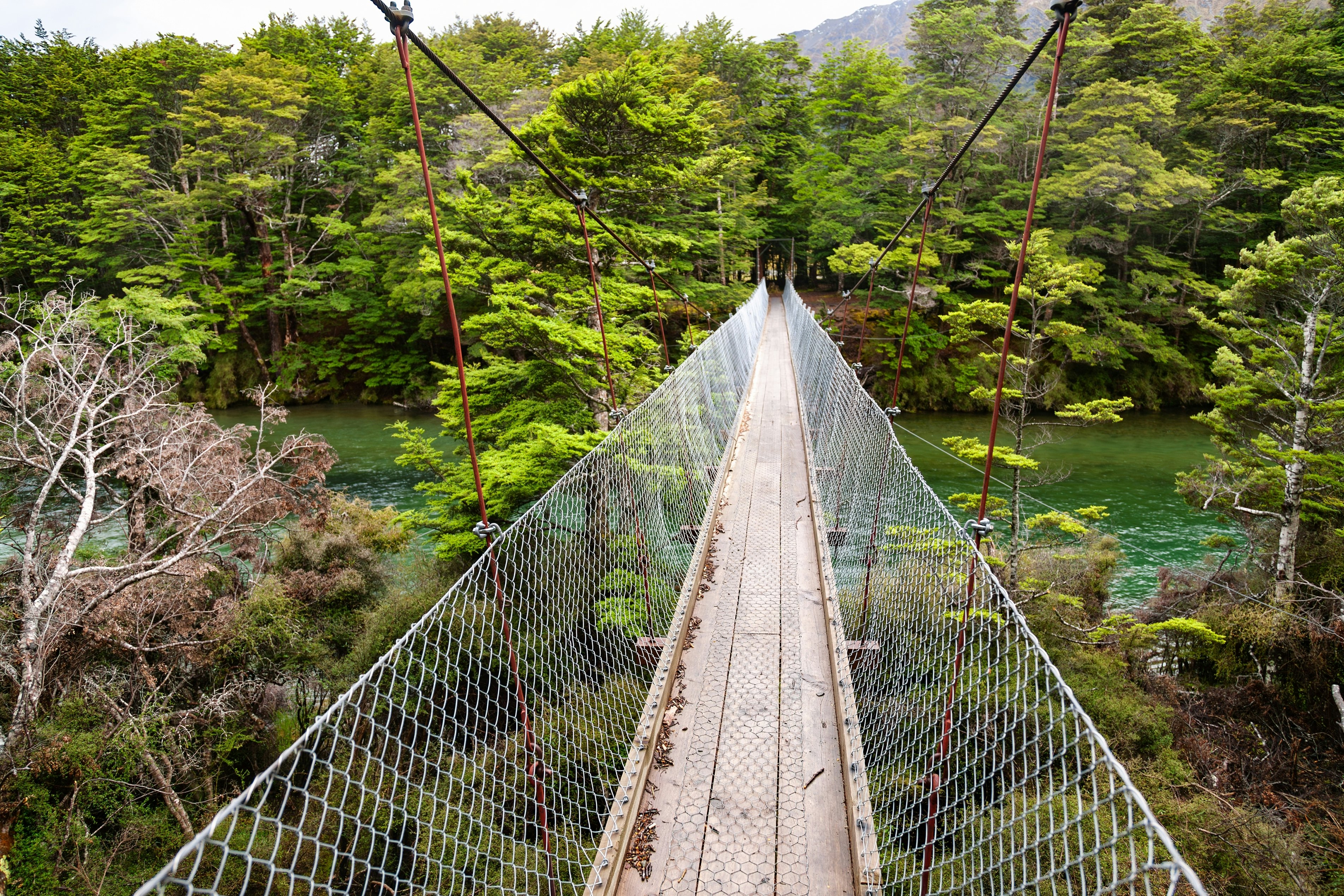
North Island vs South Island: choosing which to visit in New Zealand



We asked two writers to make their case for which of New Zealand's islands is better and why. iStock
The Southern Pacific nation of New Zealand is made up of more than 600 islands. The two main landmasses – the North Island and the South Island – inevitably face comparison, with tourists and locals debating which is best.
Many visitors will visit both on their travels, but should you be limited to one island only, our travel writers are here to help you decide which is right for you.

The North Island has diverse cultures
Tommy de Silva, a descendant of local Māori tribes and early European settlers, calls Auckland (on New Zealand’s magnificent North Island) home. As a writer, he wants to bring his knowledge and passion for Aotearoa (NZ's Māori language name) and its cultures to readers around the world.
I’ve been privileged to have explored much of the North Island (Te Ika-ā-Maui), from the untouched Great Barrier Island (Aotea) and Te Urewera forest, to metropolises like the multicultural melting pot Auckland and our colorful, quirky capital Wellington. While our natural environment and urban areas are great, the North Island is defined by being the home of the world-renowned Māori culture.
Te Ika-ā-Maui houses 85% of the nearly one-million-strong Māori population of New Zealand (Aotearoa). Auckland (Tāmaki Makaurau) alone hosts almost a quarter, while the regions of Bay of Plenty, Gisborne, Hawke's Bay and Northland have the nation’s highest percentage of Māori residents. For a brief stint in my childhood, my whānau (family) moved to the South Island’s largest city, Christchurch, where it took us six months to meet another Māori. While South Island (Te Waipounamu) Māori visibility has improved since, Te Ika-ā-Maui is where you’re more likely to spot ta moko (Māori tattoos) adorned faces or hear te reo Māori (Māori language) on the street. The high concentration of Māori in the North Island make it the perfect place to explore New Zealand’s Indigenous culture, like catching a Māori performing arts show in Rotorua or tasting hāngī (traditional Māori earth oven cooking) in South Auckland.

Not only is the North Island the home of Māori culture, but its biggest city, Tāmaki Makaurau-Auckland is also the center of diversity and multiculturalism in Aotearoa. While visiting Auckland entails exploring a quintessentially New Zealand city, it also doubles as an opportunity to visit many Asian and Pacific cultures without having to take multiple flights across the vast Te Moana-Nui-a-Kiwa (Pacific Ocean). Auckland is concurrently the world’s largest Pacific city (with more than a quarter of a million Pasifika) and New Zealand’s home of Asian cultures (one in three Aucklanders are Asian). Exploring the southern suburbs of Māngere or Manurewa, you can find Samoan panipopo (coconut buns) or Tongan ota ika (raw fish salad), while central Auckland’s Dominion and Sandringham roads are famous for Asian kai (food). In the city center, Karanga-ā-Hape road is the eclectic, flamboyant home of New Zealand’s creative and rainbow communities – rivaled only by another North Island area, Wellington’s colorful Cuba St.
The diverse peoples calling Te Ika-ā-Maui home are one of the island’s calling cards, but our landscapes are also diversely gorgeous. While I’ll admit we don’t have a captivating 650km-long (400-mile) mountain range like the Southern Alps of the South Island, the North Island’s varied taiao (environment) offers something for everyone.


Simply put: the South Island doesn’t have a monopoly on stunning landscapes. In Te Ika-ā-Maui you can find island getaways such as the vineyard-lined Waiheke; ancient volcanic cones and striking mountains (including the imposing domes of Taranaki and Mt Ngāuruhoe); untouched ancient forests such as Tararua and Te Waipoua; deep underground caverns inhabited by glowworms, like those found at Waitomo; and wonderful waterways like Whanganui river or the lakes of Kai Iwi, Rotorua, Taupo and Waikaremoana.
What many come here for, though, are our geothermal wonderlands, particularly Rotorua. The South Island has geothermally active areas, too, but none are as accessible to tourists as Rotorua. The Māori-run operations at Whakarewarewa and Te Puia are New Zealand’s best spots to see soaring geysers. You can also bathe in natural hot pools like those nearby in the warm lake waters of Te Rata Bay or further afield at Hot Water Beach in the Coromandel or Kawhia Harbour in Waikato, if you’re willing to dig your hot tub out of the sand yourself. Volcanic escapades also abound in Te Ika-a-Maui, like hiking up into the crater of Mt Tarawera, which erupted in 1886.
While the North Island’s geothermal wonderlands are awe-inspiring, generally our environment is stunning – so much so that Sir Peter Jackson chose many Te Ika-ā-Maui locations to bring the Lord of the Rings trilogy to life. While filming also occurred in Te Waipounamu, today the North Island is Middle Earth’s home with Hobbiton in Matamata, alongside Auckland and Wellington’s behind-the-scenes looks at how Jackson’s film studio Wētā Workshop created the iconic film series.
And yet, there's more. Te Ika-ā-Maui also offers other gems, like the balmy Bay of Islands, the calming Coromandel peninsula or the easy-going east coast around Gisborne. Not only is the North Island the home of Māori culture, but its beautiful range of experiences, food, landscapes and people means a trip here has so much to offer. Do not skip over New Zealand’s better half on your next vacation.

The South Island has unparalleled landscapes
Originally from the US, Liz Carlson has called New Zealand home for more than a decade, exploring every nook and cranny of this little nation at the end of the world. Traveling to and writing about more than 100 countries, she always ends up back in the little mountain town of Wānaka on the South Island.
When it comes to choosing an island to visit in New Zealand, there really is no contest. Iconic for a reason, the South Island boasts the most spectacular mountain scenery and glaciers this side of the equator. All those epic views from the Lord of the Rings films? The screensaver on your old Microsoft desktop? Your favorite bottle of Sauvignon Blanc? All from the South Island. Sure, the North Island may have Hobbiton and Mt Doom (Mt Ngāuruhoe), but we have Edoras and Pelennor Fields.
From shimmering glaciers that trickle down into ancient rainforests, to turquoise rivers that cut through flowery meadows, to jagged mountains that overlook the sea, the South Island has extraordinary scenery in abundance.

If you love nature, hiking and being outdoors, nowhere else beckons quite like the South Island (known as Te Waipounamu in the Māori language). With the Southern Alps running down the length of the island like a spine, there is no shortage of incredible outdoor adventures. Hiking, or "tramping" as we call it here, is a beloved Kiwi pastime, with nearly 1000 huts where you can rest for the night dotted through the backcountry. My favorite hiking route is to head to the West Coast, where you can heli-hike on a glacier in the afternoon before coming back down, then cap your day with a bonfire on the beach at sunset. Whether you’re ripping down one of our iconic ski hills, whitewater rafting in Queenstown, kayaking with dolphins in Milford Sound/Piopiotahi, New Zealand beckons those who love the wilderness.
I first visited the South Island 12 years ago, stopped in Wānaka – a mountain town on the shores of Lake Wānaka – and just never left. It’s close to Mt Aspiring National Park, two of the best ski resorts in the country (Treble Cone and Cardrona) and the adrenaline destination of Queenstown. You can throw yourself off bridges, jump out of airplanes and fly down neon turquoise rivers on a jet boat, all in one day. If you prefer to drink wine in the sun (count me in), there are world-class wineries nearby, too. Or, spend the day cruising across Lake Wakatipu on a vintage steamship to visit Walter Peak Station, one of the coolest high-country farms, where you can watch sheepdogs in action and learn about the importance of sheep farming.
Less than a quarter of New Zealand’s population lives on the South Island, making it both vast and empty, meaning you’ll find you have places entirely to yourself. There’s no place like Tekapo to put this scale into perspective. It’s situated in the Mackenzie Basin just outside Aoraki/Mt Cook National Park, which is home to one of the largest Dark Sky Reserves in the world. Trust me: You will not have seen the Milky Way and Southern Cross in such spectacular conditions than here. Ngāi Tahu, the largest iwi (tribe) on the South Island, owns the Dark Sky Project in Tekapo, running stargazing tours from the top of the Mt John Observatory, offering the unique experience of astronomy told from a Māori perspective.

That said, with such a small population, dark skies can be found across the South Island. The further south you go, the better chance you have of seeing the aurora australis (southern lights) dancing on the horizon. And the furthest south you can go is actually to New Zealand’s third island, Stewart Island/Rakiura, a place close to my heart and one of the best-kept secrets, which I know I’m blowing by sharing this. Picture white sandy beaches, blue bays and ancient forest; Stewart Island is the perfect place to spend a few days if you’re looking to get off the beaten path. It’s home to some of the rarest birds in NZ and one of the best places to see a kiwi bird in the wild.
While only a small fraction of the Māori population lives down south, there are still plenty of Māori cultural experiences for tourists. A personal favorite is the Waka Abel Tasman, where you get to be part of a team paddling a waka (canoe) around the Abel Tasman National Park while learning Māori waiata (songs) and paddling tikanga (etiquette). Tucked away at the top of the South Island, the Abel Tasman is home to one of New Zealand’s Great Walks, a multiday hike through iconic landscapes, along beautiful beaches with crystal waters where seals and dolphins frolic.
Weighing up your options, everyone agrees that New Zealand is universally spectacular. While the North Island rocks volcanoes, more Māori tourism experiences, and of course, Hobbiton, I will always fight for the South Island. If you’re after unparalleled landscapes and those big views that make you feel tiny, head straight south now.















